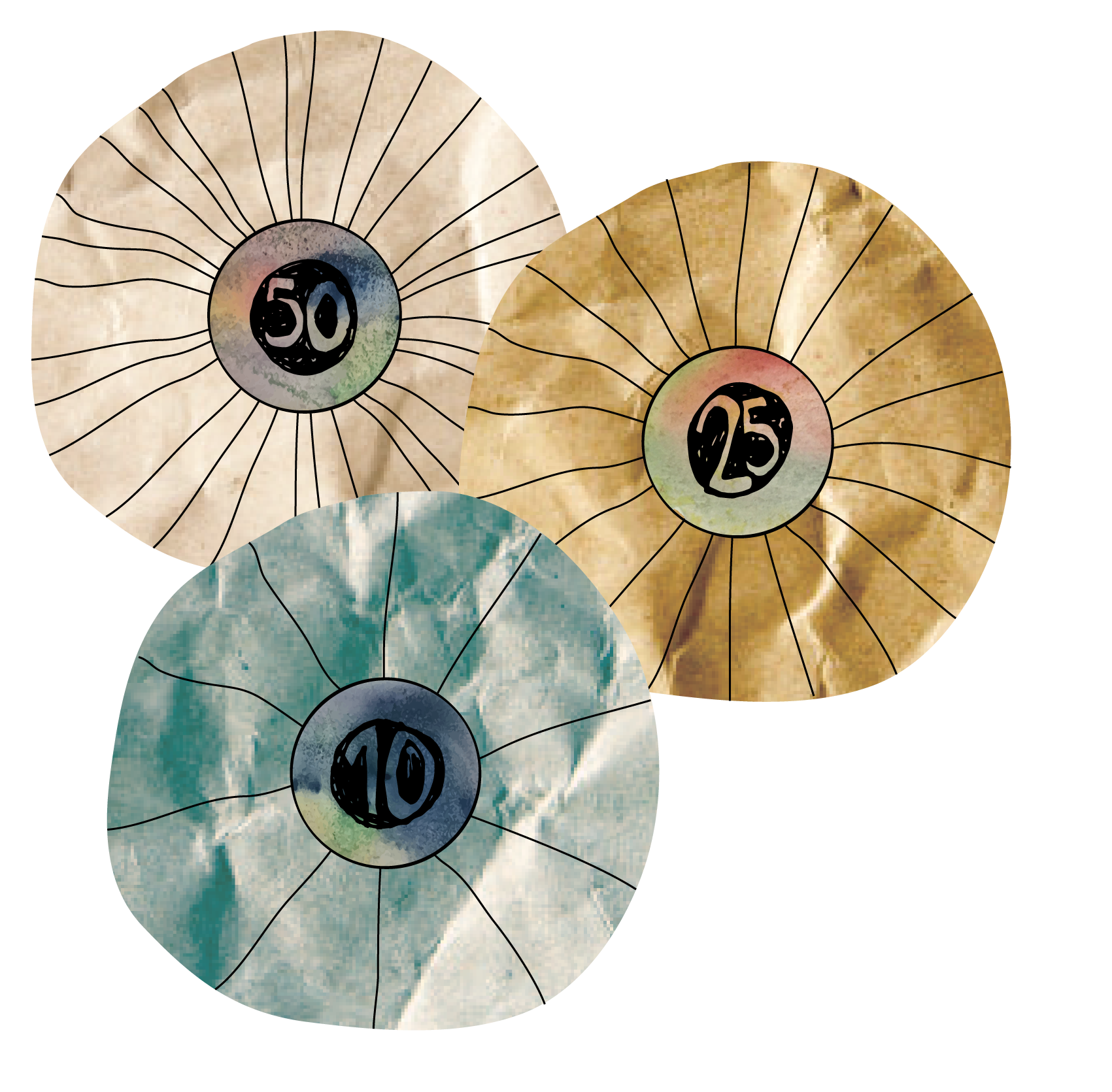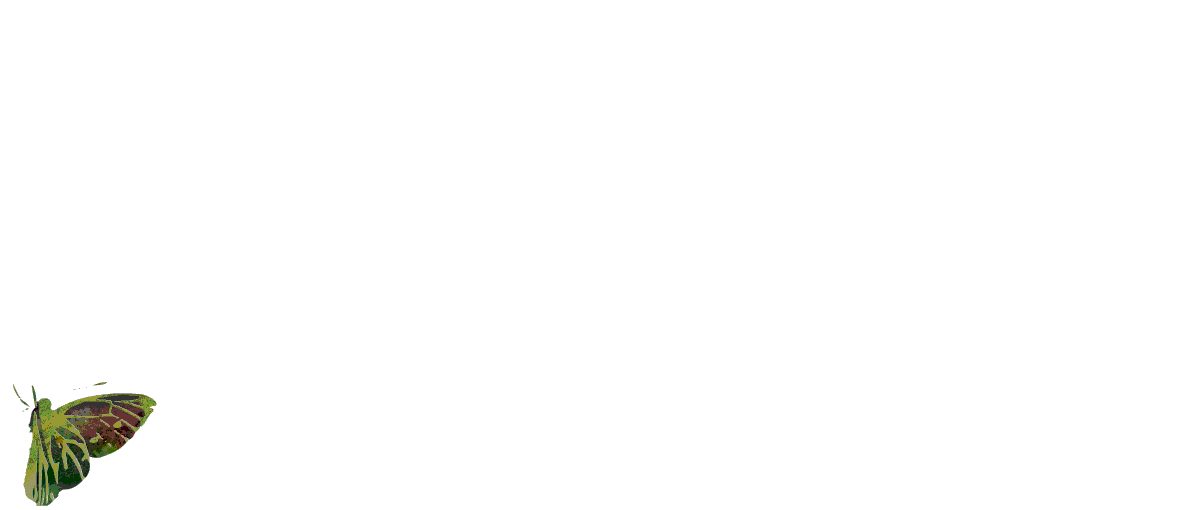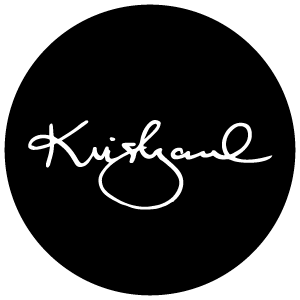
Egypt c 3,000 BCE1
Gothic c 1100s-1200s CE2
Renaissance c 1300s-1500s CE3
Early Baroque c 1600s CE4
5
Camera obscura c 1600s-1800s CE6
Daguerreotype 1839 CE7
Daguerreotype 1840 CE8
Daguerreotype 1841 CE9
Early modern art c 1870s-1930s CE10
Early modern art c 1870s-1960s CE11
Voice & image c 2013 CE12
Flat design c 2013 CE13
Skeumorphism c 2013 CE14
The canvas c 2013 CE15
Black Square 1915 CE16
Material (design) 2014 CE17
Brutalist web design c 2018– CE18
What's next? c 2020– CE19









































se mere




The figure diminishes, becomes hieroglyphic — a gesture toward language. Images figure first word, then syllable — a gesture toward alphabets.
Egypt (c. 3,000 BCE)


















Narrative dominates the pictorial — the protagonist shapes space around her, star-like. At center-stage, a giant Mary, arms cradling her titanic babe, while saints and angels swarm tiny behind her.
We begin to grasp the vicissitudes of being a body in space.
The details of a face emerge, the trace of emotion inscribed deep around eyes, along cheeks.
The figure unfurls from the cave, larger than life.

Cimabue, Santa Trinita Maestà (c. 1280-1290)




















The dream refines itself in our fine motor systems
We achieve perspective. The distribution of objects in space sheds metaphor. The center of the scene dwindles, must be indicated more subtly.

Giotto, The Lamentation (c. 1305)




As any designer knows, the links between art and design are many, deep, and often, all-too-fraught. A designer is, after all, a kind of commercial artist: full of all the creative drive and love of detail artists are known for, but always working with business goals, and the best practices one must follow to achieve them, in mind.
Many of us leap upon that latter detail as the core distinguishing feature between the two: while the artist pursues their vision in joyous ignorance of commerce, the designer must always keep those dollar-dollar bills in sight. Or so the usual line of thinking goes.
Of course, that’s an almost wildly naive foundation for an argument. For an artist to be successful, they must create with commerce in mind. Just ask Damien Hirst. A mere glance at the vicissitudes of his career will show you how deeply an artist can be subject to the whims of the market — and shape them in turn.
But that’s another topic, for another day. Here, I want to step back from comparing the disciplines of artist and designer, and look instead at the parallel evolution of their respective aesthetics.
To do that, we’ll look at 3 key moments in the history of Western art — yes, Western, because that’s the aesthetic history I know best — and consider parallel moments in the aesthetic history of the web.
Because, yes: web design is an art. And by looking at the history of art, we might just be able to see a glimpse of design’s tomorrow.

In little black boxes, obscuras, the image emerges. The thing itself, das Ding.
You could stand inside that little black box and cast your shadow on the world.
Or at least our image of our image of it.
But the image remains ephemeral, ever-fleeting as the seconds themselves.
Strike the tent and we vanish.




The painter Louis-Jacques-Mandé Daguerre has called a joint session of the Académie des Sciences and the Académie des Beaux-Arts — the leading lights of French art and science, together in one room — to show them something truly remarkable:
Knowing his audience, Daguerre has assembled a scene from a still life, rife with classical objects. Two cherub’s plump-cheeked faces framed by wings, a ram’s head, complete with curling horns, an indolently leaning frieze of a nude woman — hi, male gaze! — all swim suspended somewhere in the highly polished depths of a sheet of silver-plated copper, its four corners trimmed round like the borders of a Tweet box.

As journalist Hippolyte Gaucheraud wrote of the image of a dead spider photographed through a solar microscope:
“You could study its anatomy with or without a magnifying glass, as in nature; [there is] not a filament, not a duct, as tenuous as might be, that you cannot follow and examine.”
Though the world would not come to know it on that day, nor for years later, art itself transformed that day.

Daguerre unleashes his device upon the world and it sits still. It attends to stillness for hours only to have its stillness rendered back in “eternal” image.
That old unnerving magic returns:
It was photography's almost magical ability to reproduce life that elicited fear and suspicion from many people. In an effort to assuage anxieties about the medium and to gain public credibility, photographers sought to take and to display portraits of America's elite. In an age when phrenologists offered to read a person's character based on their physical characteristics, portraits of society's leaders were thought to have an edifying and moralizing influence on the viewer.
"America's First Look into the Camera: Daguerreotype Portraits and Views, 1839-1862," United States Library of Congress
More important, though, is the question of the value of the image in a post-daguerrotype world.
Until then, art had traversed an evolutionary arc toward the real: the artist’s skill was measured in terms of the verisimilitude of their work. The more a painting reflects what the eye sees, the “better” the artist.
So… what now that the image has become capturable? What does art become in an age where you can remove the image from the relentless flow of time — when you can still it and store it away?
Why? Because now that one could capture a flawless image of reality via a mechanical device, the very litmus of art itself has been upended.
Up to this point, an artist’s work was judged in no small part on the basis of its verisimilitude: the extent to which the artist reproduced what the eye saw. Entire careers were founded on the mastery of one facet of representation or another: Vermeer, the painter of light. Da Vinci, master of the human form and expression. Elements of painterly expression were, of course, allowed — Caravaggio’s dramatically gathered light, de Goya’s ferocious distortions — but stood out as a function of their deviation from pure representation.
The attitude lingers even today. Just visit any museum of modern works and you’ll hear at least one, if not many, muttered, “My five-year-old could do that.”
Within the cold, glassy gaze of the daguerreotype camera, art seemed now impossible. Foreclosed by innovation. Irrelevant?
Exploded
And creativity exploded.
Enter Monet and the Impressionists. Explorers not so much of reality, as of perception.





The dream of verisimilitude fades, captured. We linger over boxes, the thingness of the canvas, the thing obscured.
Kazimir Malevich,
Suprematist painting (with black trapezium and red square)



























Mark Rothko,
Untitled 1953
Materialized, flattened.


The thingness of the liquid smeared and splayed and stained occupies us. The image of the image rendered, atomized. Rendered back to stain, and wash, and plane.
We flail and spatter. We overlay and overlay and overlay. We gesture and the canvas records it, becomes a map of our body in motion, stilled for a time, for all time.
Jackson Pollock,
1A
becomes canvas
This is the color of our palette, its timbre. We ululate in the shapes of our exclamations.
The colors shudder, vibrate, shade off into the bleed. Arabesques on color field #2.
We are back to the shapes now, but the colors move.
We've always dealt in augmented, virtual realities. How many paintings show you the cockroaches? What is the color of the dusk of San Francisco?
At Apple’s WWDC 2013, Tim Cook announced a new design vision for iOS. It was a vision that would change the world almost as much as the device it skinned itself.
“We see iOS7 as defining an important new direction, and in many ways, a beginning.”
– Jony Ives, from the WWDC 2013 keynote presentation
Gone was the gloss. The chrome. The nubbly leather and the rich velveteen. The beads of light on glass. In their place? Well, text, mostly. Stark letterform; brilliant, flat color. Simple boxes. Cleanliness.
Clean lines.











You see, skeuomorphism — a largely academic term before its popularization in the design world — performs a truly useful function: to ease people’s transition into a new environment.
All that uber-textured leather and those dramatically shadowed page flips served as helping hands as we stepped from IRL to iOS, by making what could be wildly unfamiliar, and therefore unnerving, into homey spaces.

r
l











iOS7 marked a move away from skeuomorphism. Now that we were more familiar with the digital environment, the faux-three-dimensional flattened, retreating from our icons into entirely different environments — like the switch from home to notification screens.

O
S7
We could now dispense with the hunt for verisimilitude, focus on the user-interface not as it could look but as it was.
Bitmap and pixel. Letterform and hex code.
A surface surfaced
Tapped and poked
Prodded and pinched
Forever flat.
A canvas.
l
a
c
k
q
u
a
r
e
- Kazemir Malevich on his painting Black Square

Finally there is nothing left but the things themselves: the material of creation. The paint slick upon the brush, the bash against canvas, that rough vegetable grain, the grain again of wood, the stretching frame.
The material.
An “intelligent” surface. Able to respond to touch. To depress with a tap, ripple out and back. Deform, reform, reshape.
Kind of like… paper.
Think about that: perfection is square now.
Perfection is a square rendered again and again, ad infinitum, at such a vanishingly small size, it becomes a kind of atom.
A second world we live in, where we manipulate a digital material. Not the fabric of our own lives — not the calendars that double our days, the numbers that give us access to faces, nor the pictures that hold those faces still, timeless in pixels — but the pixels.
Malevich’s Black Square, only it’s now available in any one of, what, billions of colors? Not canvas but material, platonic thus. A kind of ideal.
Like Malevich and scores of abstract artists after him, we’re obsessed now not so much with representation as with the materials of representation. We know we’ve dived into an illusion, that we live there now, that we’ll never touch what it’s made of, but we love it in its infinite plasticity.
We design to acknowledge what the image before us is made of. We simplify. Focus on type and color, on the material metaphors of shadow, layer, hierarchy.
This too shall pass.


"[possessing] balance of space, equilibrium embodied in greater and lesser volumes, reestablishing a sense of intimate brutality at the very moment of participation in surrounding nature … dominating the turbulence of the setting"

To him, brutalism offered a direct rejection/negation of the design ethic posited by Mies van der Rohe and Walter Gropius, which called for “simplicity, honesty, and service.”

Sounds a lot like a short definition of UX design, doesn’t it? A discipline wherein we relentlessly seek out the simplest, clearest, most “user-centered” interface for the completion of any given task. We painstakingly strip away the unnecessary, file away obfuscations and circumlocutions, seeking always and above all else to serve our “users.”
But a question lingers on our tongues and in the back of our minds:
Can an easy experience be meaningful?
Aren’t the most impactful moments often the hardest? Doesn’t meaning, in fact, reside in struggle, in conflict?
Should there not be space and time to say and make not the simplest, clearest, and easiest thing, but the most challenging? The most gut-wrenching and trying?
Do we not, after spending 40+ hours a week maximizing others’ ease, want to stretch our legs a little and build something we want to see? No matter how aggressive, jarring, and florid it might be?
[ skip it ]





Of course, no discussion of the future of web design can avoid the imminent realities of AR and VR.
With a new, virtualized reality at our fingertips, one has to wonder if we’ll come full circle, returning to the hunt for idealized verisimilitude of the pre-camera days. Will VR artists strive to reproduce our lived reality down to the pixel-built blade of grass? Or will we instead extend our quest to previously unimaginable realities, rendering these in everything from pixel-perfection to well-meant smear?


The hunt has already begun, of course. And chances are that, with the dramatically altered scale at which people have access to creative tools, the answer will look something like:
All of these, and more.
For today, movements arise and die in what feel like nanoseconds. Chances are that next year, no one will be talking about brutalism anymore. As you read this sentence, the next great genius — whether of art or web design or some as-yet-unimagined hybrid — may be emerging into the world, or putting stylus to touchscreen, or typing out the first few lines of a whole new codebase that will unleash the power of our very minds upon the material of pixels.
Words by John Moore Williams
Design by Niika, made in Webflow



